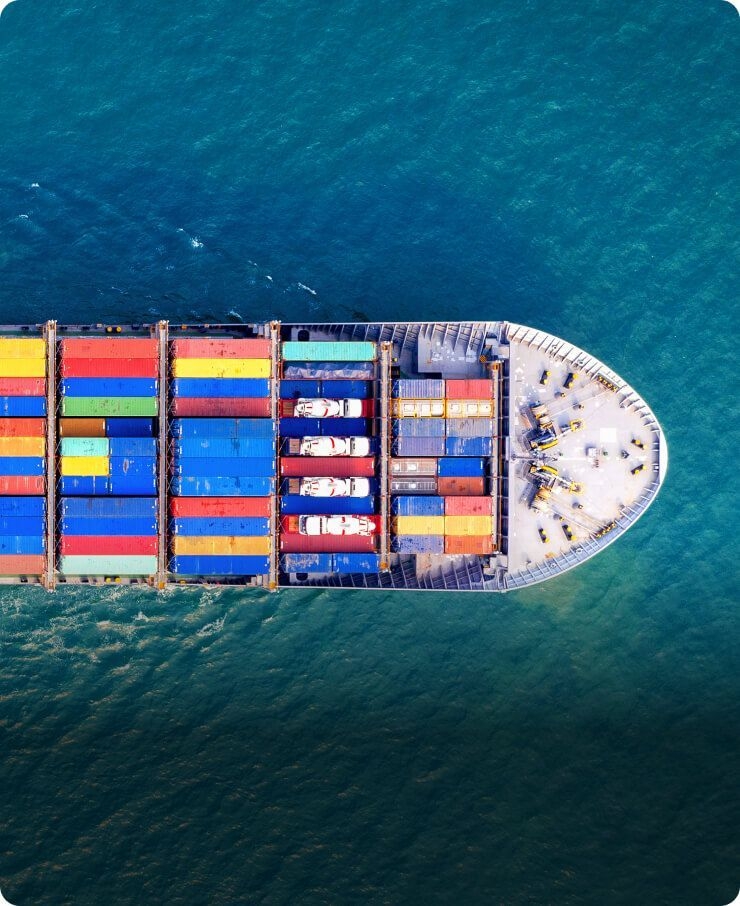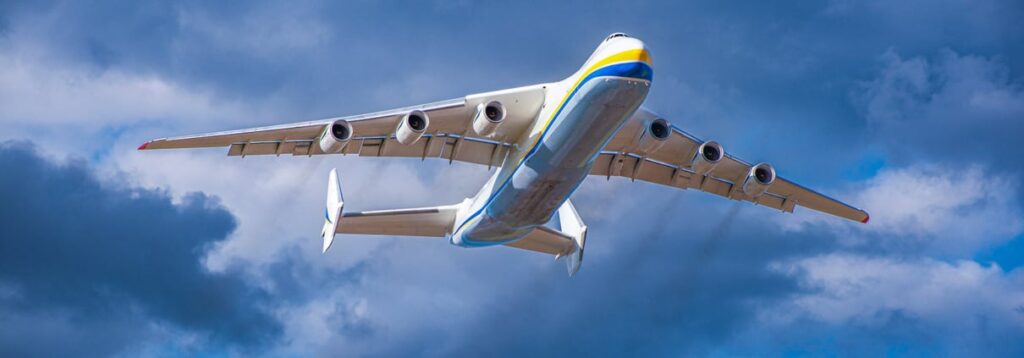When businesses handle import customs China to Japan, they face strict documentation, tariffs, and inspection regulations. Understanding these processes ensures smooth shipments, avoids delays, and reduces compliance risks for exporters and importers alike.
What Are the Key Customs Requirements for Importing from China to Japan?
Japanese customs demand accurate documentation to process imports efficiently. Importers must provide the following essential papers:
| Document | Purpose | Issued By |
|---|---|---|
| Commercial Invoice | Declares product details and values | Exporter |
| Packing List | Lists contents of shipment | Supplier |
| Bill of Lading / Airway Bill | Confirms transport contract | Carrier |
| Import Declaration | Official customs submission | Importer or agent |
| Certificate of Origin | Proves product source | Chamber of Commerce |
Moreover, Japan’s customs authorities use an HS code-based tariff classification system. Declaring the correct HS code ensures accurate duty assessment.
How Are Import Duties and Taxes Calculated in Japan?
Import taxes depend on the Customs Tariff Schedule of Japan. Duties are calculated on the CIF (Cost, Insurance, Freight) value of goods.
| Tax Type | Rate | Applied On |
|---|---|---|
| Customs Duty | 0–15% | CIF Value |
| Consumption Tax (VAT) | 10% | CIF + Duty |
| Excise Tax | Product-specific | Alcohol, tobacco, etc. |
Additionally, some items like textiles or electronics may receive preferential tariff rates under trade agreements between Japan and China.
What Is the Step-by-Step Import Customs Process from China to Japan?
Although procedures vary by product category, most shipments follow these core steps:
- Export declaration in China via the local customs authority.
- Shipment transport using sea, air, or rail freight.
- Arrival notification to Japanese customs.
- Customs inspection for tariff verification and safety compliance.
- Tax and duty payment before cargo release.
- Final delivery to the consignee.
In addition, importers must register with the Japan Customs Electronic Data Interchange (NACCS) for smoother clearance.
Which Shipping Methods Are Best for Imports from China to Japan?
The most common options are summarized below:
| Method | Transit Time | Average Cost (per CBM) | Best For | Pros | Cons |
|---|---|---|---|---|---|
| Sea Freight | 5–8 days | $80–$120 | Bulk goods | Economical | Slower |
| Air Freight | 1–3 days | $5–$8/kg | Urgent cargo | Fastest | Expensive |
| Rail Freight | 4–6 days | $100–$140 | Mid-value cargo | Reliable | Limited routes |
Furthermore, for high-volume shipments, sea freight remains the preferred option due to stable costs and container availability.
What Documents Are Crucial for Smooth Customs Clearance?
Incomplete or inaccurate paperwork often causes delays. The most important documents include:
- Import license (if required)
- Commercial invoice
- Bill of lading or air waybill
- Certificate of origin
- Packing list
- Insurance certificate
- Import customs declaration
Additionally, all documents must match product details precisely. Even a small data mismatch can lead to cargo detention or fines.
Real Case Examples of Import Customs China to Japan
Case 1: Electronics Shipment (Shenzhen → Tokyo)
- Goods: 1,000 mobile accessories
- Mode: Air Freight
- Cost: $7/kg
- Customs Duty: 5%
- Transit Time: 2 days
- Clearance Time: 1 day
→ Outcome: Fast delivery with minor inspection delays due to battery safety compliance.
Case 2: Furniture Shipment (Ningbo → Osaka)
- Goods: 2×20ft containers
- Mode: Sea Freight
- Cost: $2,500 total
- Duty Rate: 8%
- Transit Time: 7 days
- Clearance Time: 2 days
→ Outcome: Smooth clearance after providing wooden packaging certificate.
How to Avoid Customs Delays and Extra Costs?
Delays typically arise from incomplete documentation or under-declared values. To avoid issues:
- Verify HS codes before shipping.
- Use professional customs brokers familiar with Japan’s import laws.
- Ensure packaging meets Japanese safety and labeling standards.
- Pre-pay import duties to reduce inspection time.
- Track shipments using Japan’s NACCS system for real-time updates.
Moreover, accurate invoice values and transparent communication between suppliers and importers prevent suspicion during customs review.
How Can Importers Ensure Compliance and Efficiency?
To summarize, compliance depends on proper preparation and accurate filing. Importers should:
- Partner with experienced freight forwarders for customs handling.
- Stay updated on tariff changes and product restrictions.
- Maintain a consistent documentation template.
- Plan shipment schedules according to Japanese holidays and port congestion trends.
Without a doubt, proactive management significantly reduces customs risk and improves delivery performance.
Conclusion
Efficiently managing import customs China to Japan is essential for any business seeking smooth international trade. By preparing accurate documentation, classifying goods under the correct HS codes, and choosing the best transport mode, importers can significantly reduce delays and costs. Moreover, understanding Japan’s tax rules, customs inspection procedures, and documentation standards ensures compliance and predictability.
To summarize, success in import operations relies on careful planning, transparent communication with freight partners, and proactive customs management. Partnering with experienced logistics professionals can make the entire import process—from shipment to clearance—seamless, secure, and cost-effective.
- Consult TJ China Freight Forwarding for the lowest quote. They will provide you with reliable, cost-effective service.
FAQ:
Q1.What is the average customs clearance time in Japan for imports from China?
Usually, clearance takes 1–2 days if all documents are accurate and duties are pre-paid.
Q2.Do I need an import license for all goods shipped from China to Japan?
Not all items require a license; only regulated products like chemicals, food, or pharmaceuticals need prior approval.
Q3.How can I reduce import customs costs from China to Japan?
Use correct HS codes, apply for tariff preferences, and consolidate shipments to reduce per-unit cost.
Q4.What happens if my shipment fails inspection at Japanese customs?
It may be held temporarily; afterward, additional documentation or compliance testing will be requested for release.
Q5.What are common reasons for customs delay between China and Japan?
Typical causes include missing invoices, undervaluation, packaging issues, or incorrect origin certificates.




